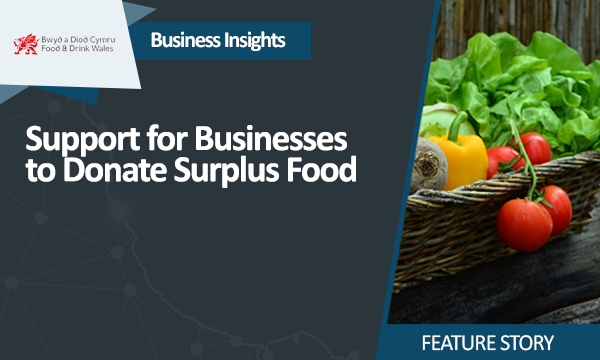Covid-19 has unsurprisingly had a significant impact on the youngest capital city in Europe and the Pandemic’s effect on the economy has been dramatic.
The Welsh firebreak and the city’s emergence from tight restrictions, as much of the UK was going into a second lockdown in 2020, put Cardiff at the forefront of the UK’s economic recovery and highlighted the desire of the city’s residents to get back to some semblance of normality.
Avison Young’s 2021 Forecast Cardiff, released last week, shines a light on what’s in store for the city as we enter a new year.
Peter Constantine, Managing Director Avison Young, Wales, observes,
“Large scale development will be key to stimulating growth in 2021 and enhancing our reputation for a fast-growing economy. With major new development on the horizon, combined with crucial large scale infrastructure projects, such as the South Wales Metro, the city is a shining example of placemaking schemes that will continue to help make our city more desirable than ever before, attracting new people and businesses as we move forward in a post-Covid world.”
The 2021 Forecast Cardiff outlines how following recent years of strong letting activity in the office market from both the private and public sector, 2020 was unsurprisingly subdued, with Cardiff not seeing any of the large deals that had become commonplace over the last five years.
Tom Merrifield, Director – Head of Commercial Agency, Wales, Avison Young, says,
“Given the global pandemic, it comes as no surprise that office take-up in Cardiff was significantly below the 10-year average of 500,000 sq ft and only reached 305,000 sq ft. With the exception of L&G’s 120,000 sq ft pre-let at The Interchange, Cardiff has been devoid of large office deals in 2020, and there were only five office transactions in excess of 10,000 sq ft.”
However, there continue to be requirements in the market, with HM Courts Service looking to consolidate their footprint in the city and a number of professional services businesses actively looking for space.
“There is already evidence of a number of occupiers downsizing their requirements, and we are seeing a number of occupiers putting ‘grey’ space onto the market. We expect to see this continue during the year – although to what extent remains to be seen and we do not expect this to have a significant effect on rental levels,” Tom continues.
Whilst Cardiff has seen a significant amount of development over the last number of years, predominantly at Central Square and Capital Quarter, there is currently a lack of readily available grade A office supply. However, this is likely to change in the short-term with 2021 due to see the 109,000 sq ft John Street development come online.
In addition, work is expected to start on the 220,000 sq ft Ledger Building as part of the mixed-use Central Quay development, which in total will see 1.5 million sq ft delivered, including the redevelopment of the listed Brewhouse building.
Tom continues,
“While investment has unsurprisingly slowed during 2020, we continue to see appetite, with values holding up relatively well. Cardiff City Council’s acquisition of the Red Dragon Centre in Cardiff Bay, the largest deal done during 2020, will enable the development of an indoor arena and mixed-use complex on the site of County Hall. This development will be supported by improved connectivity as a result of the South Wales Metro extension, which is similarly enabling large scale residential development in the wider city area.”
Despite lacking its own supply of large-scale warehousing, which has seen robust demand in the rest of the UK, the Cardiff industrial market continues to show strength, which is replicated across Wales. Ongoing strong demand, with medical occupiers particularly active, combined with a low level of supply continues to underpin rental and capital values.
Cardiff’s success as a city owes much to its status as a retail and events destination. The hospitality sector has clearly seen challenges during 2020 and will continue to do so while we await the return of large-scale events to the city.
While Cardiff has recently seen improvements to its food and beverage offering with a number of operators opening, as well as street food concepts popping up, such as Corporation Yard and the Goods Shed in Barry, we are likely to see some businesses close during 2021, which will negatively impact the city.
On the retail side, we continue to see the vacancy rate increase. This is creating opportunities for repurposing and development in the city centre – with the Howells department store being marketed as a redevelopment opportunity.
Avison Young’s ‘2021 Forecast Cardiff’ is part of a series of city reports, which explore the evolving realities of the UK commercial real estate landscape in the coming year. The report highlights key trends affecting Cardiff, informed by data based insights and sector specialist advice as part of Avison Young’s 2021 Forecast campaign.













